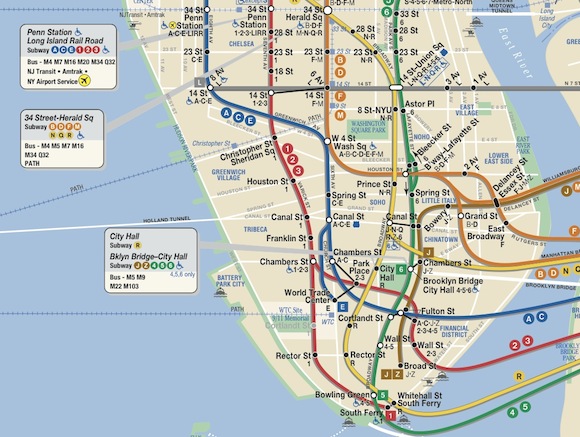Hi Everybody:
Surprise Field Trip: We are going to New York City, New York!!! I have never been to New York, so I thought we better go have a look for ourselves and see exactly what is going on!
(For sure, something
is always going on!!)
Anyway, I collected some New York Vids from the Google You Tube Library and I found a few maps and images in the Goggle Index under New York City Images to share with you here. Also, for the curious among us------------------
the Batman Map of Gotham City. Is it New York City? What do You think?
What better way to end a great night other than with a Stairway to Heaven!
http://www.youtube.com/watch?v=0LWlClxTwsw
http://www.youtube.com/watch?v=qD55n84zMYE



Quietly, a new old look for the subway map
Byhttp://secondavenuesagas.com/2011/10/05/quietly-a-new-old-look-for-the-subway-map/

http://dompascual.com/new-york-subway-map-mta/

http://www.picstopin.com/2034/manhattan-bridge-map-new-york-city-at/http:%7C%7Cwww*museumplanet*com%7Cimage%7Cnyc%7Cmb%7Cmb001*jpg/
http://www.mynewplace.com/neighborhood/two-bridges-apartments-for-rent-new-york-ny
http://www.youtube.com/watch?v=akt5TMyMNe8
http://www.youtube.com/watch?v=nwKQF-_xtvo

http://www.fhwa.dot.gov/everydaycounts/technology/bridges/pbeswebinartraining/s2_m4.cfm
Prefabricated Bridge Elements and Systems
by
Mary Lou Ralls, P.E., Principal
Ralls Newman, LLC
(formerly Texas State Bridge Engineer)
Mary Lou Ralls, P.E., Principal
Ralls Newman, LLC
(formerly Texas State Bridge Engineer)
Slide 2. Learning Outcomes
- Identify examples of ABC/PBES replacement projects that achieved onsite construction time and cost savings, and locate project contacts
- Describe combinations of PBES and contracting strategies that achieved accelerated onsite construction timelines at lower costs
- Explain why comparison of ABC costs and conventional construction costs may not be appropriate
- Explain why moving to ABC/PBES as a standard practice will achieve cost savings
Speaker Notes:
Upon completion of this module, participants will be able to:
- Identify examples of replacement projects that used prefabricated bridge elements for accelerated bridge construction and achieved onsite construction time and cost savings; you’ll also know where to go for the project contacts
- Describe combinations of prefabricated bridge elements and contracting strategies that achieved accelerated onsite construction timelines at lower costs
- Explain why ABC cost and conventional construction cost comparisons may not be appropriate, and
- Explain why moving to prefabricated bridges as a standard practice will achieve cost savings
There is Another Sandy Hook Location besides the school-out in the water.
There is a Red Hook also
And, a Paulus Hook
GOOGLE THEM IN SEARCH BOX!!
http://www.state.nj.us/njoem/citizen/cert.html
Earthquakes May Endanger New York More Than Thought, Says StudyIndian Point Nuclear Power Plant Seen As Particular Risk
2008-08-21
| |
|
Of Course, One More Great Performance
http://www.youtube.com/watch?v=JK_DOJa99oo
O+O







No comments:
Post a Comment
Hi Everybody! Please say hello and follow so I know you are here! Due to the inconsideration of people trying to put commercials on my blog comment area, I have restricted use of anonymous posts. Sorry that some hurt all.
My public email is katescabin@gmail.com No spammers or trolls